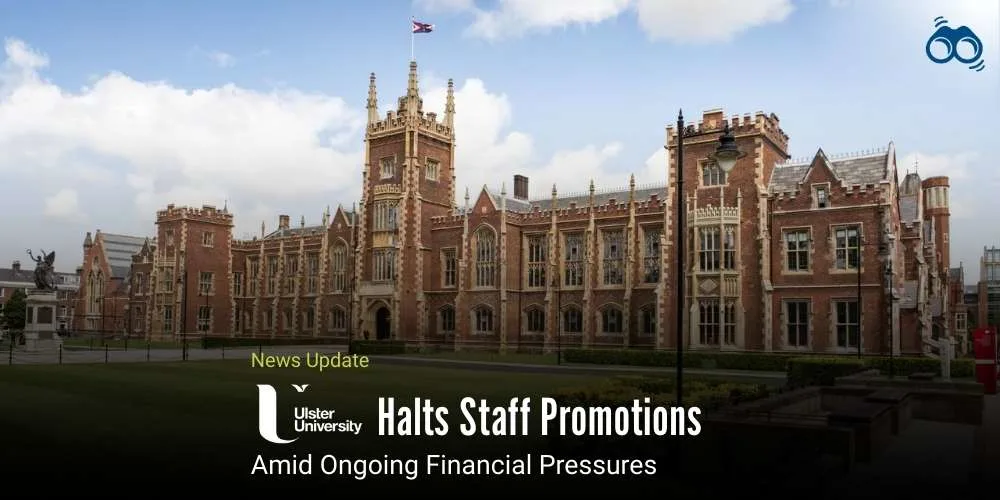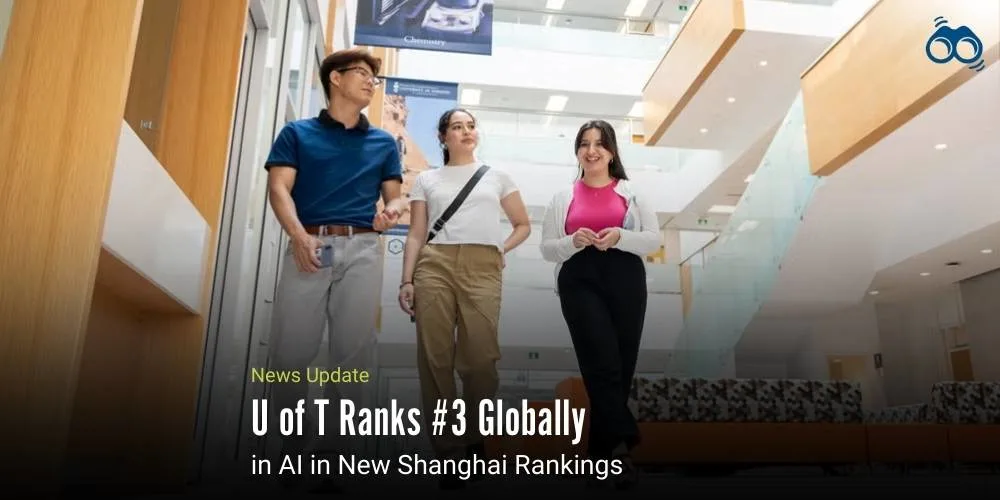ANU Joins Global Effort to Address Climate Change and Critical Mineral Demand
Imperial College London Leads Global Partnership on Sustainable Material Production
Researchers from the Australian National University (ANU) will collaborate with Rio Tinto to integrate First Nations cultural knowledge into the global energy transition. The Rio Tinto Centre for Future Materials, funded with $US150 million, will connect ANU with global researchers and industry. Led by Imperial College London, the collaboration includes institutions like the University of British Columbia, the University of California, Berkeley, and the University of the Witwatersrand. ANU, the only Australian university in the partnership, will ensure cultural knowledge is respected.
Professor Peter Yu, Vice-President (First Nations) at ANU, emphasised the collaboration's urgency due to climate change and the need for equitable societies, bringing together diverse expertise. ANU Vice-Chancellor Professor Genevieve Bell highlighted the importance of sustainable and equitable material use, noting ANU's strong First Nations and social sciences perspective. The project aims to make material sourcing, processing, usage, and recycling more sustainable. By involving ANU in production, policy, and public engagement, the partnership seeks to benefit both the environment and society.
Dan Walker, Rio Tinto's Chief Innovation Officer, stressed the urgency of meeting the rising demand for materials needed for the global energy transition. He emphasized increasing production while minimizing environmental impacts and ensuring Indigenous communities have a meaningful voice in decisions. Also highlights that achieving net zero requires innovation and collaboration, with partnerships between Rio Tinto, ANU, and other research universities being essential to developing responsible material production methods.
The Australian Minister for Resources, Madeleine King, expressed that Rio Tinto's investment will boost the supply of critical minerals and strategic materials through top-tier research and development. She noted that this investment will help Australian universities like ANU contribute to the resources sector and create well-paid jobs for future generations. ANU Professor Caitlin Byrt will lead research to find the best methods for extracting materials needed for the energy transition. She stressed that responsible research and development are essential for providing equitable and sustainable material supply solutions. The partnership enables multidisciplinary teams to collaborate on designing, testing, and delivering innovations that ensure resource security, benefit future generations, and remediate the environment.
The first Grand Challenge for the new Centre will focus on the electrification bottleneck posed by copper, essential for electricity generation, storage, and transmission. The world will need more copper in the next decade than in the last century, so it's crucial to reduce copper demand and find sustainable extraction methods. ANU will leverage its research strengths across four of its six Colleges and the First Nations Portfolio to support this initiative. This collaboration will integrate First Nations cultural knowledge into the global energy transition, ensuring sustainable and equitable material use.
Editor's Note:
The Australian National University (ANU) and Rio Tinto are working together to include First Nations cultural knowledge in the global energy transition. They have created the Rio Tinto Centre for Future Materials with a $150 million investment. This partnership, led by Imperial College London, involves global institutions and aims to address climate change while ensuring Indigenous communities are included in decisions about their lands. The project will help the environment and society by finding responsible ways to produce materials. It will also create good jobs and ensure resource security for future generations. The focus on copper, essential for electricity, highlights the need for innovative solutions.
Skoobuzz sees this collaboration as a significant step toward sustainable and inclusive material production.














0 Comments (Please Login To Continue)